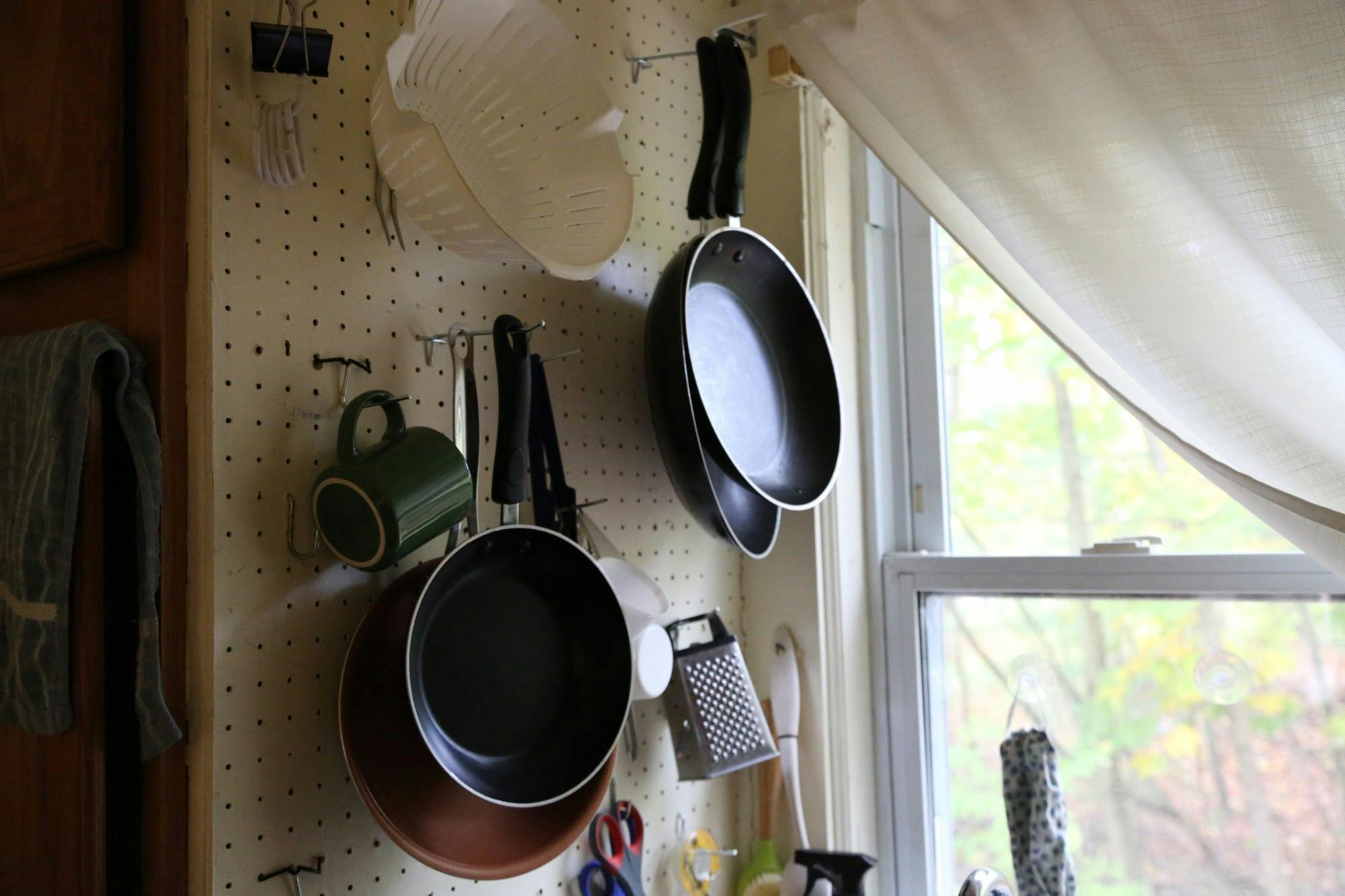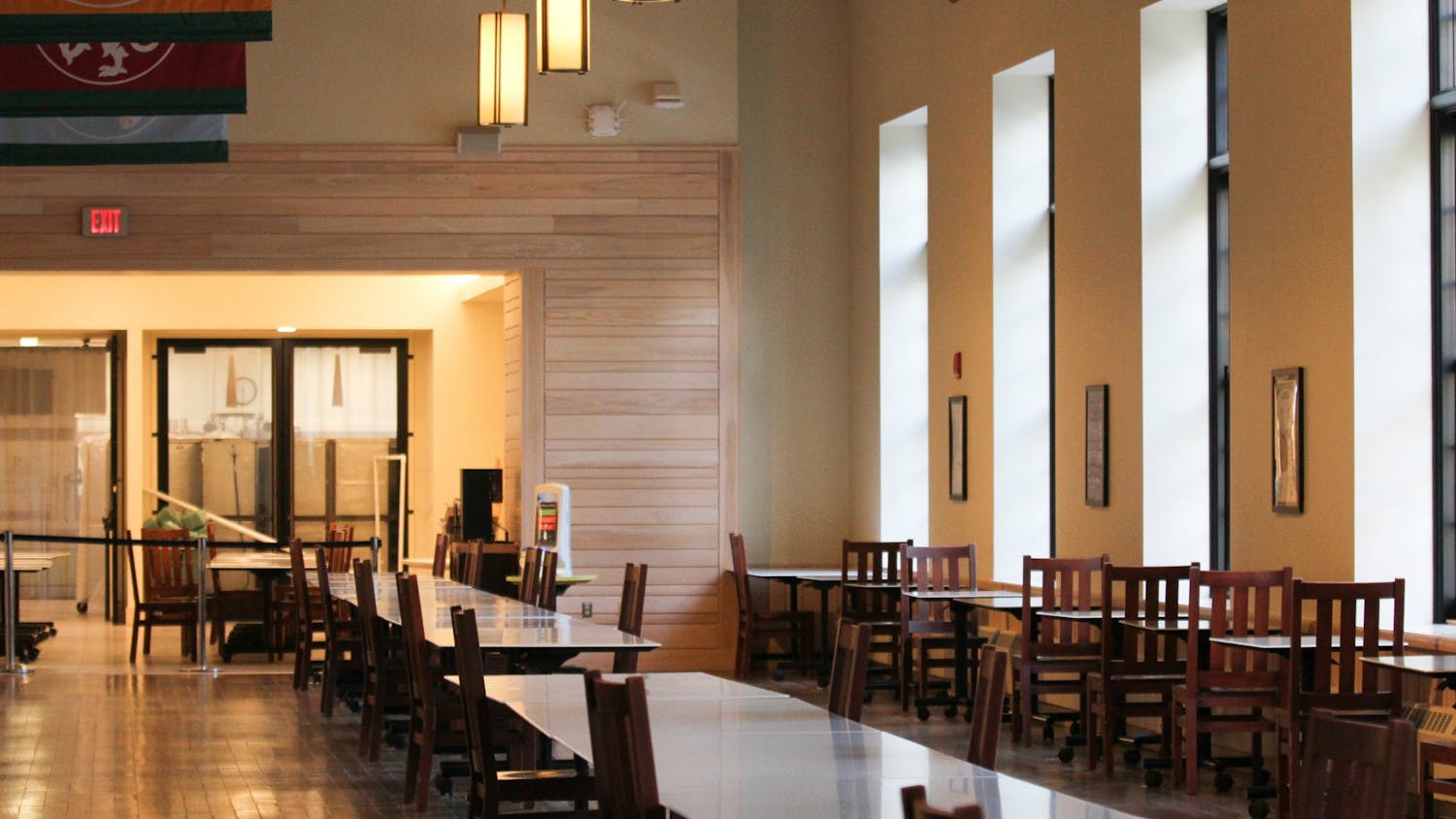Despite its variable reviews, Dartmouth Dining is undoubtedly reliable. Quick snack? Check out Collis. Need to refuel after a workout? Foco has a bounty of options. We are nurtured in the womb that is Dartmouth, and when we leave, we are left to fend for ourselves. Outside of the bubble, we face the unforgiving reality of having to cook for ourselves.
This can be a daunting challenge for new cooks and experienced chefs alike. Face to face with a nearly empty kitchen at a new apartment, the task of cooking looks overwhelming. It’s all too easy to grab takeout on the way home or to treat yourself to a food delivery service, but these delights are not a long-term solution. To tackle this fight against the beast that is cooking, you must arm your kitchen with the essentials.
It’s important to note that buying the right tools does not directly translate to quality cooking — buying expensive equipment will not inherently make your food taste better. My dad, being an equipment junkie himself, can vacuum seal and sous vide a steak but can barely fry an egg. The point here is that, in order to become a better chef, it’s essential to cultivate a baseline array of cookware. I’ll stay away from prescribing brands and specific models — rather I’ll just list the type of cookware that you might need during an off term. Most, if not all, of these products can be found at very reasonable prices at stores like HomeGoods, TJ Maxx or even the local thrift store. This barebones list of pots, pans and utensils is enough to cook most recipes and, more importantly, won’t break the bank.
Pots
Starting off, I recommend two pots: a two-quart pot and a six-quart pot. The versatility of having a smaller sauce pot and a larger stock pot will open many doors for both basic and complex recipes. The two-quart pot is ideal for quick and easy meals — oats, ramen, boxed mac and cheese, hard boiled eggs, etc. It also lends itself well for more advanced recipes like a hollandaise sauce for a Sunday brunch. The larger six-quart pot is perfect for boiling pasta, simmering soups or stewing a hearty curry. A sizable pot will allow you to scale up your recipes for when friends come over or for when you want to cook extra to feed the roomies or eat as leftovers.
Pans
Beyond pots, a 12-inch nonstick skillet with high sides is a must-have for beginner cooks. With current food trends moving toward using less oil, it’s perfect for frying up a few eggs, pulling together a weeknight stir fry or building a luscious sauce for pasta. It is a forgiving pan, both in its ability to resist the accumulation of gunk and in the protection it provides from spillage. In contrast, the 8-inch stainless steel or cast-iron skillet is perfect for getting a nice sear on meat or caramelizing vegetables. Although cast iron requires a fair bit of care and maintenance, it retains and distributes heat very well, allowing for an even cook with less difficulty. Both pans can get to blazing hot temperatures and can catch all of the golden-brown goodness that builds up as you cook; this is gold in the kitchen, imbuing flavor into a simple pan sauce or a sultry gravy. These two pans alone cover lots of ground ranging from more practical, everyday cooking to advanced culinary adventures, like searing and deglazing.
Utensils
Just as important as having the right pan is using the right utensils. A good utensil should feel like an extension of the arm, with the special capability of being able to touch the hot pan while keeping your hands safe and clean. For the everyday, a rubber spatula, wooden spoon and a sturdy pair of tongs can do most tasks, such as flipping over an egg, stirring the contents of a pot or turning over a cut of meat — all without fear of damaging your pots and pans. The grip-like feature of tongs is especially handy for handling raw meat and tossing pasta to create a tight emulsified sauce. Albeit lesser used, a medium-sized whisk is also versatile for putting together a salad dressing or a boxed cake mix.
Knives
Professional chefs take immense pride in their artisanal knife collections, but a sharp 8-inch chef’s knife is perfectly sufficient for a college student. Everyone’s hands are different, so going to the store and sampling different grips is imperative for sharpening your knife skills, and an important first step on the way to becoming a full-fledged chef. I personally rotate between a few at home, but I have found that a heavy-handled knife works best for the circular downward motion required of chopping. While a wooden cutting board is ideal, you can’t beat the low-maintenance and price of a durable plastic board.
Ovenware
For the oven, a sheet pan can pretty much do it all. It lends itself well to roasting vegetables, baking cookies and has the surface area to crisp up on the bottom and absorb raw heat from the top. To pair, a silicon mat will save you the money of blowing through parchment and the hassle of cleaning up the pan after every use. It goes right in the dishwasher and prevents any sticking while still allowing for crispy browning.
Finishing touches
Lastly, a metal mixing bowl, colander and glass measuring cup complete the cookware set. A metal mixing bowl is versatile for a wide range of kitchen tasks, such as tossing a salad, whisking a batter or any other task that requires a large mixing vessel. A colander that can nest in the bowl is a great complement for separating solids from a stock or draining pasta while catching the reserved water. For smaller endeavors, a two-cup heat-proof measuring cup is perfect for measuring out liquid ingredients or as a vessel for making a salad dressing.
These 15 items compose a solid set of cookware fit for an off term or for living off campus. Cookware is an investment, and having the basics is the first step to becoming comfortable in the kitchen. With more and more students living off campus and taking terms away from Hanover due to the pandemic, learning to cook is more important as ever — and these items are a solid start.




